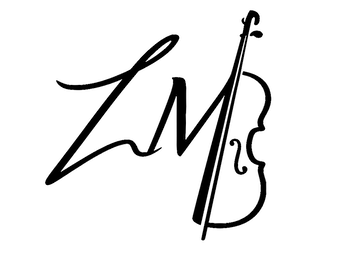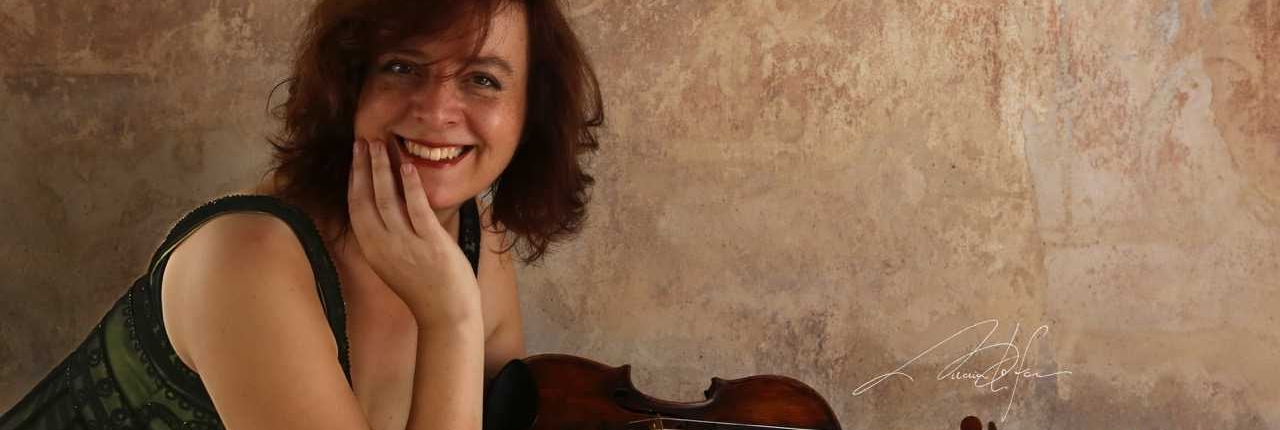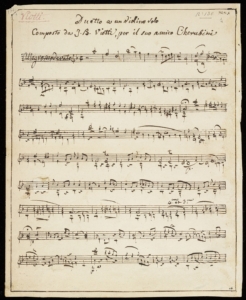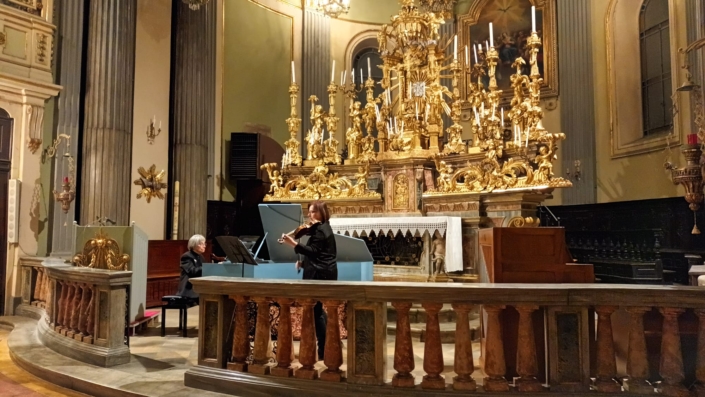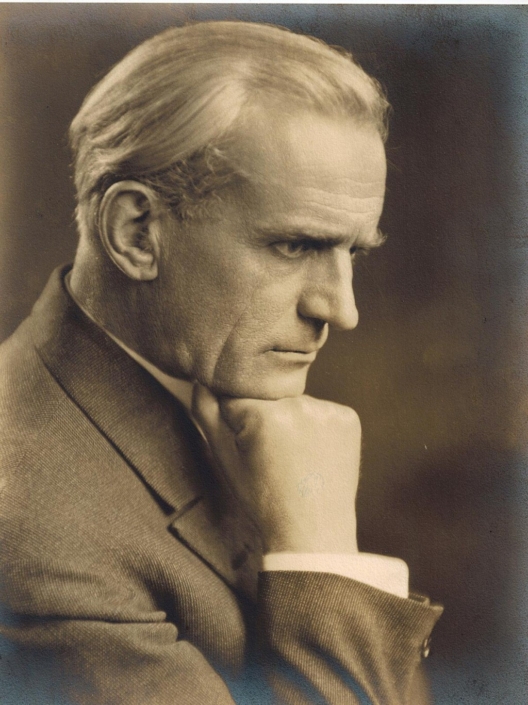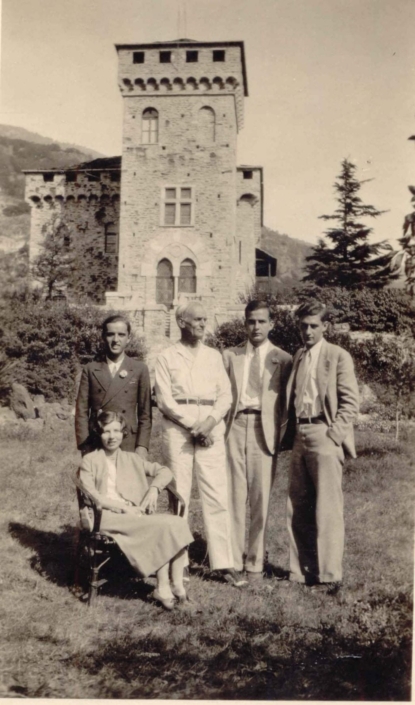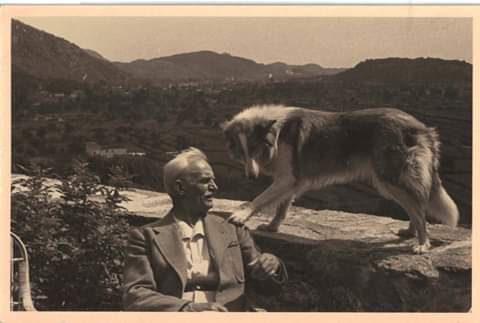Liana Mosca
Violin repertoire
This year I will focus on artists from different periods (from the 18th to the 20th century) but who, thanks to their talents and teachings, contributed to the spread of Italian style in Europe and America.
The Piedmontese violin school in the 18th century
I am dedicating myself to the study of illustrious Piedmontese instrumentalists and composers.
In the 18th century Turin was the Savoy capital of the Kingdom of Sardinia. That was a time of great splendour and the city was an important european cultural centre. These artists experienced the same cultural and artistic environment that we still have today.
At the Confraternita del Santo Spirito in Turin I will perform a concert cycle on the Violin Sonatas by Somis, Pugnani, Viotti and Leclair, together with harpsichordist Rita Peiretti.
We will begin our concert's repertoire with the founder of the Piedmontese violin school, Giovanni Battista Somis (1686-1763), a pupil of Arcangelo Corelli and Concertmaster in the Court orchestra in Turin. His pupil Jean Marie Leclair contributed with his compositions to the fusion of Italian taste and French style. He founded and became one of the most representative performer of French violin school. For this reason I will include his Sonatas in my concert's repertoire.
Than, I will follow the development of the Italian school started by Somis, which was continued by his pupil Gaetano Pugnani, virtuoso and director of instrumental music activities to the King of Sardinia. Pugnani's pupil Giovanni Battista Viotti was one of the most influential violinists and composer of his time. He wrote famous violin concertos anticipating romantic virtuosity. In particular, we will perform some of his Sonatas with basso continuo and his Duets for solo violin.
Research on Rosario Scalero
In the 1900s there were those who took the Italian style overseas and became famous in the United States.
Rosario Scalero, now almost forgotten in his homeland, was born in Moncalieri (1870) and died in Ivrea (1954). He taught violin at the Mannes Music School of New York and then composition at the Curtis Institute of Music in Philadelphia. He studied violin with L. Avalle in Turin, then specialised in Genoa with Camillo Sivori (student of N. Paganini), and composition in Vienna with Mandyczewski.
His stays in the ‘New World’ contributed to the image of Italianness abroad and brought artists to the Canavese region who, thanks to his teachings, became pillars of music history. In fact, in 1930 he bought the Castle of Montestrutto and spent his summers there devoting himself to composition and teaching, inviting his students. Among the most illustrious were S. Barber, G.C. Menotti, N. Rota, and C. Pepin.
Personally, I will devote myself to deepening his repertoire for violin and piano and chamber music.
As I have already done in recent years, I will have the opportunity to hold a Masterclass in the Castle, in the very studio where the Maestro composed and taught.
Furthermore, I had the honour and thrill of performing while playing his violin! (You can see it in the gallery below, with its original case, which travelled all over Europe and on large ships to America with him).
Research on Rosario Scalero is also supported by the Institute for Musical Heritage of Piedmont, Dr Chiara Marola and Maestro Antonio Mosca. For further information, please refer to “The Italian- American Musical Experience. A Journey from Busoni to Berio” by Valentina Bensi.
